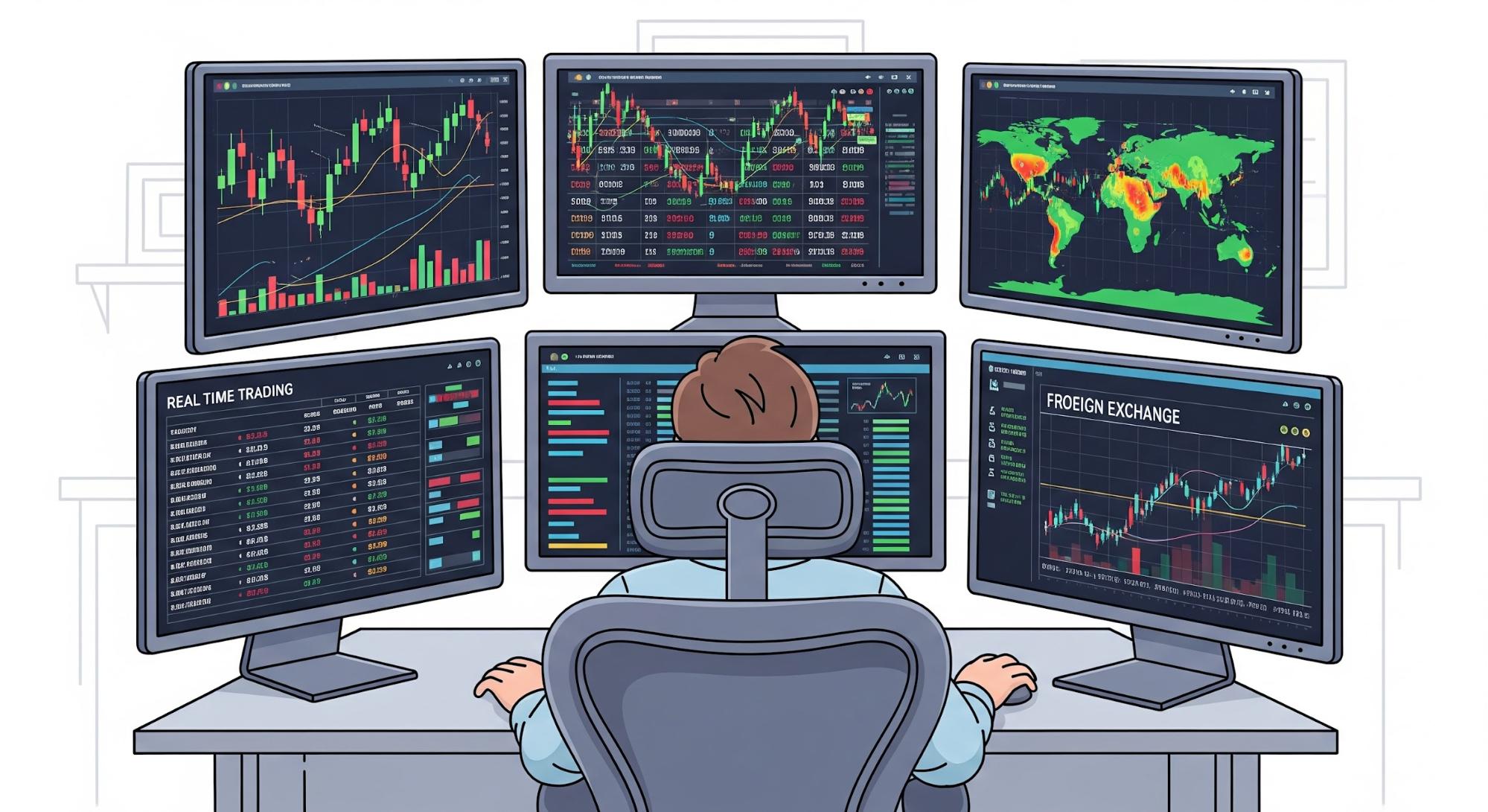
Posted May 28, 2024
By Sean Ring
Here We Go Again: AAA-Rated Bond Loses 26%.
AAA-Rated MBS Tranche Loses 26%
Think of the financial markets as a skyscraper. The least risky securities make up the foundation. The most dangerous stuff is on top. When the foundation starts shaking, it’s only a matter of time until the top of the skyscraper is visibly vacillating in the moonlight.
We’ve just seen the first signs of a new crisis. Its sudden downturn is a warning sign that the entire financial structure is at risk.
The news is the good tranches (it means “slices” in French) of mortgage-backed securities are wobbling.
But before I delve into the current situation, let’s revisit some history. If you’ve seen The Big Short, you’re already familiar with the 2008 Financial Crisis. If not, I’ll guide you through it, as it holds crucial lessons for our current market.
MBSs and the 2008 Financial Crisis
The 2008 financial crisis, a monumental event in the history of global finance, is often remembered for the dramatic stock market crash in October 2008. However, the roots of the crisis lie deeper in the collapse of mortgage-backed securities (MBSs) well before the market fell.
The Housing Boom and Subprime Mortgages
In the early 2000s, the United States experienced a significant housing boom fueled by low interest rates and a surge in subprime lending. Subprime mortgages were loans given to borrowers with poor credit histories, typically at higher interest rates, to compensate for the increased risk. Do you remember NINJA loans? NINJA stood for No Income, No Job or Assets. Banks and financial institutions, seeking higher returns, aggressively issued these asinine loans with the government’s eager help.
The Mechanics of MBSs
MBSs are financial instruments created by pooling various home loans and selling the resulting cash flows to investors. (Commercial MBSs package corporate real estate.) This process, known as securitization, was designed to spread risk and provide liquidity to the housing market. However, the increasing inclusion of subprime mortgages within these securities introduced significant risks into the system that the idiot quants thought would cancel each other out.
Housing Prices Peak and Begin to Decline
By 2006, housing prices had reached unsustainable levels. As prices began to decline, homeowners with subprime mortgages couldn’t sell their homes, leading to a rise in mortgage defaults. The decline in housing prices crushed the value of MBSs, causing significant losses for investors.
The Collapse of Bear Stearns
In June 2007, Bear Stearns, a major investment bank, announced the collapse of two hedge funds heavily invested in subprime MBSs. This event was one of the first major indicators of the looming crisis and highlighted the vulnerabilities within the financial system.
The Domino Effect
IndyMac Falls
IndyMac Bank, a major mortgage lender, faced a similar fate. Specializing in risky home loans, IndyMac was heavily exposed to the subprime market. In July 2008, the bank was seized by federal regulators after a bank run, marking one of the largest bank failures in U.S. history. The failure of IndyMac underscored the widespread risks within the mortgage lending industry.
The Lehman Brothers Bankruptcy
Lehman Brothers, another major investment bank, was heavily exposed to MBSs. As the value of these securities plummeted, Lehman struggled to stay afloat. In September 2008, the bank filed for bankruptcy, marking the largest bankruptcy filing in U.S. history. The collapse of Lehman Brothers sent shockwaves through the financial system, leading to a severe liquidity crisis.
Federal Reserve Chairman Ben Bernanke and Treasury Secretary Hank Paulson let Lehman fall without knowing the knock-on effects. And you wonder why we don’t trust the “experts.”
The Broader Impact
The Role of Credit Rating Agencies
Credit rating agencies played a significant role in the crisis by assigning high ratings to MBSs despite the underlying risks. These ratings misled investors into believing the securities were safe, exacerbating the eventual collapse. The failure of credit rating agencies to accurately assess the risk of MBS was a critical factor in the spread of the crisis.
If you saw The Big Short, you may have laughed that they portrayed the credit ratings agency lady as visually impaired.
If you want to read about my old girlfriend at S&P and how she taught me about all this, read “Credit Ratings and Old Flames” from the June 2, 2021, edition of the Rude.
Government and Regulatory Response
The U.S. government and regulatory agencies took several measures to address the crisis. The Federal Reserve provided emergency funding to struggling financial institutions, while the Treasury implemented the Troubled Asset Relief Program (TARP) to purchase toxic assets and inject capital into banks. These measures aimed to stabilize the financial system and restore confidence.
It also blew out the Fed’s balance sheet.
The Bailout of AIG
AIG, a global insurance giant, faced enormous losses due to its exposure to MBSs and credit default swaps. In September 2008, the U.S. government stepped in with an $85 billion bailout to prevent the company's collapse, highlighting AIG's systemic importance and the financial system's interconnectedness.
Lessons (Not Really) Learned and Reforms
Dodd-Frank Wall Street Reform and Consumer Protection Act
The U.S. Congress passed the Dodd-Frank Act in 2010 in response to the crisis. This comprehensive legislation aimed to prevent future financial crises by increasing regulation and oversight of the financial industry. Key provisions included the creation of the Consumer Financial Protection Bureau (CFPB), stricter capital requirements for banks, and enhanced regulation of derivatives.
The Volcker Rule
The Volcker Rule, a key component of Dodd-Frank, prohibited banks from engaging in proprietary trading and limited their investments in hedge funds and private equity. The rule aimed to reduce risk-taking by banks and protect consumers from the fallout of risky financial activities.
Did any of this work?
Ongoing Challenges and Future Outlook
Current State of MBSs
For about five years after the crisis, the MBS market was dead. Nothing was happening. Then, the banks realized the Fed was “never” going to raise rates. Despite flirting with rate hikes at the end of 2018, the Fed didn’t commit to that strategy until 2022.
While the market for MBSs has recovered, the structure and regulation of these financial instruments have changed significantly. Stricter underwriting standards and increased transparency aim to prevent a repeat of the 2008 crisis.
And yet…
What Just Happened
According to Bloomberg:
For the first time since the financial crisis, investors in top-rated bonds backed by commercial real estate debt are getting hit with losses.
Buyers of the AAA portion of a $308 million note backed by the mortgage on the 1740 Broadway building in midtown Manhattan got less than three-quarters of their original investment back earlier this month after the loan was sold at a steep discount. It’s the first such loss of the post-crisis era, according to Barclays Plc. All five groups of lower ranking creditors were wiped out.
Market watchers say the fact the pain is reaching all the way up to top-ranked holders, overwhelming safeguards put in place to ensure their full repayment, is a testament to how deeply distressed pockets of the US commercial real estate market have become.
Here we go again. My esteemed colleague Jim Rickards said after the March 2023 bank crisis that we were in the eye of the storm and not out of it yet. Once again, he called it correctly.
If we take the time from the first failings of MBSs during the crisis to the stock market capitulation of October 2008 and apply that to now, we should see a market crash in about a year.
There’s no guarantee of that, of course, but it means we may have time to harvest upside gains thanks to a “crack-up boom” before we hurry to the sidelines.
Wrap Up
The 2008 financial crisis was a complex event driven by the collapse of MBSs and the interconnectedness of the financial system.
It highlighted the dangers of excessive risk-taking, inadequate oversight, and the failure of critical institutions. While significant reforms have been implemented to prevent a repeat of the crisis, they have yet to prove successful.
MBSs, once seen as a tool for spreading risk, became a catalyst for one of the most significant economic downturns in history. The lessons we didn’t learn from the crisis continue to plague our economic policies and market regulation.
We could see a repeat of the 2008 mess, only worse, in the coming year. But that doesn’t mean to sell right now. It means to keep a weather eye out for trouble.
Hold ‘em, don’t fold ‘em. We’ll need to run in a bit, though.

Empire At Gunpoint
Posted January 05, 2026
By Sean Ring

It's Been a Metals Year... and a Pick!
Posted January 02, 2026
By Sean Ring

The U.S. Equity Indices and What They Mean
Posted December 30, 2025
By Sean Ring

The Shape of Things to Come
Posted December 29, 2025
By Jim Rickards

A Copper Melt-Up in 2026, and “Tech” Meltdown
Posted December 26, 2025
By Byron King

